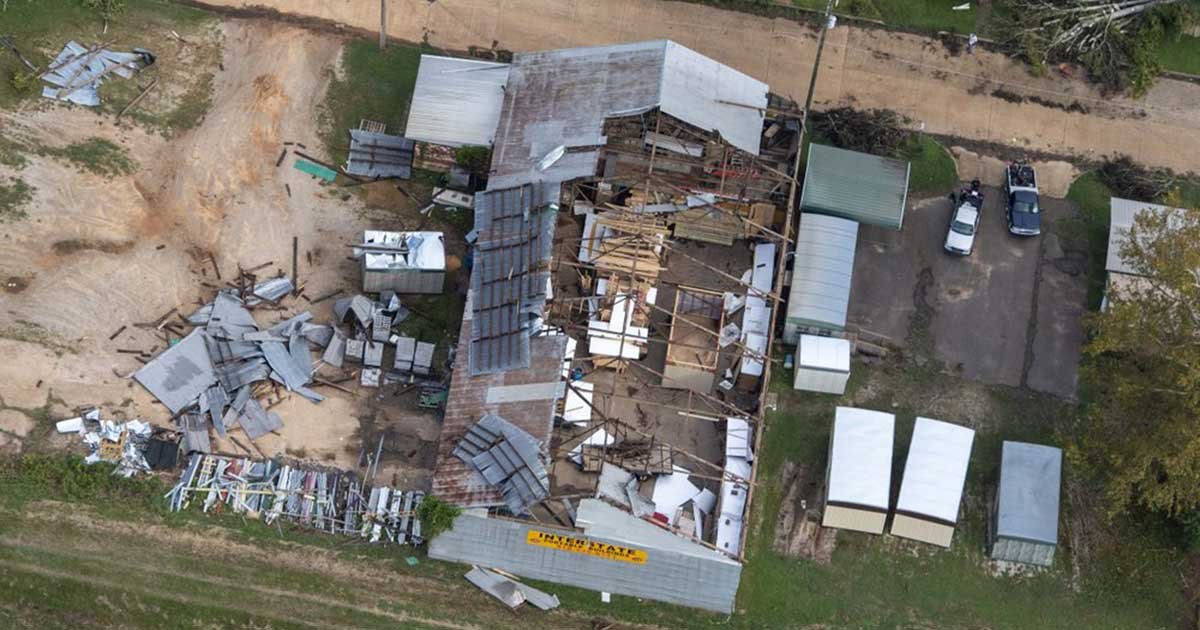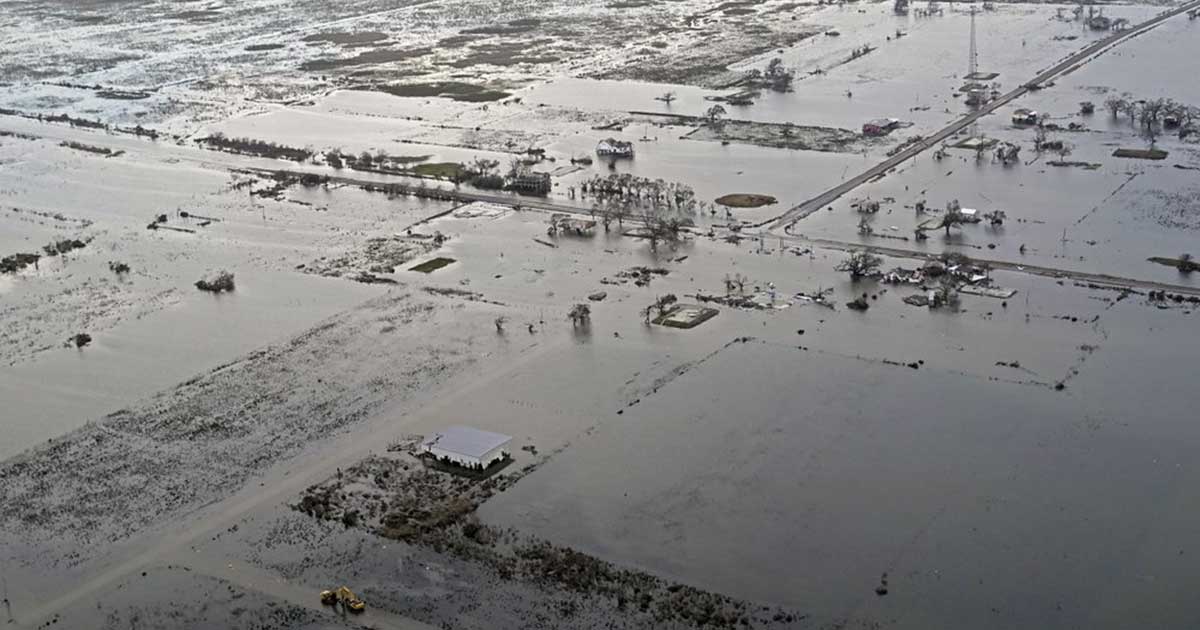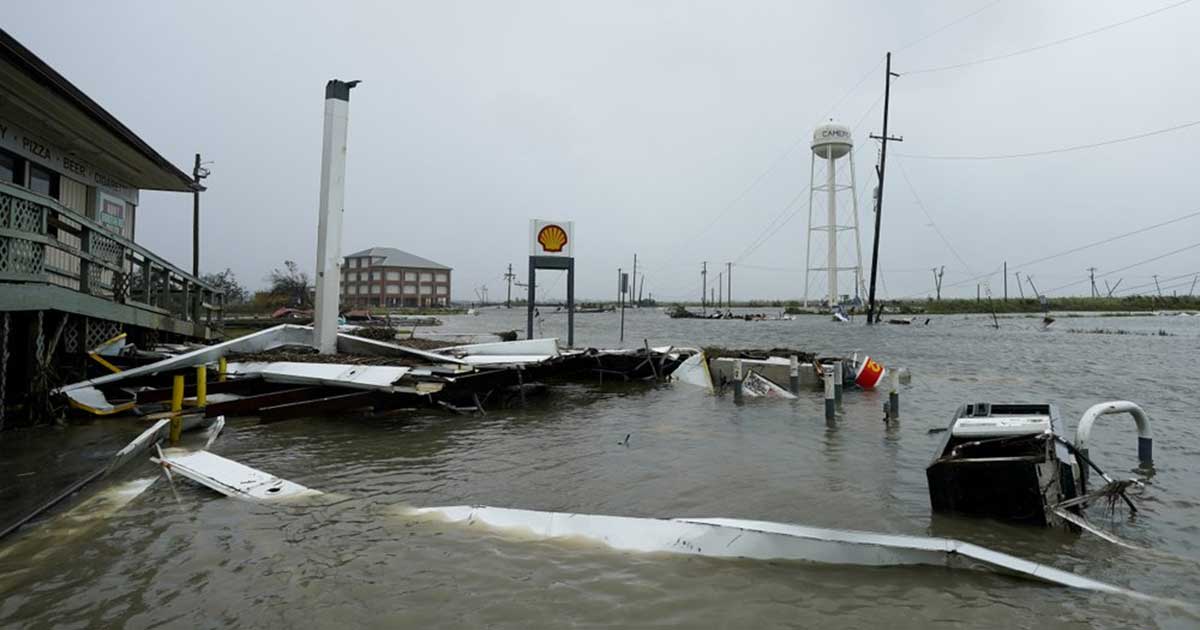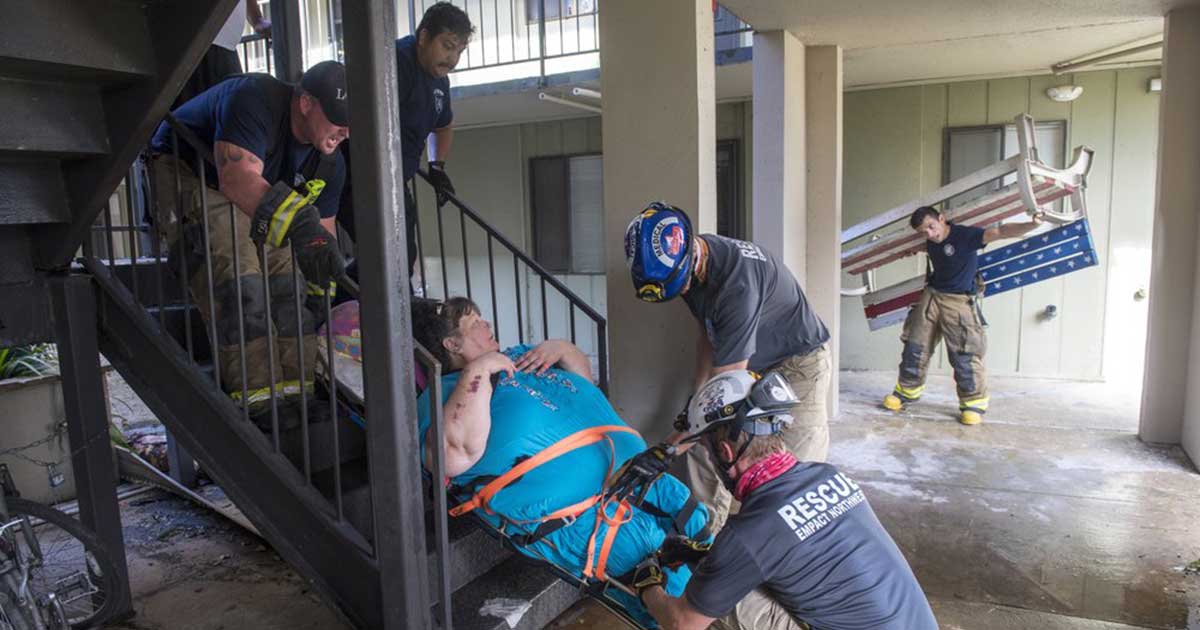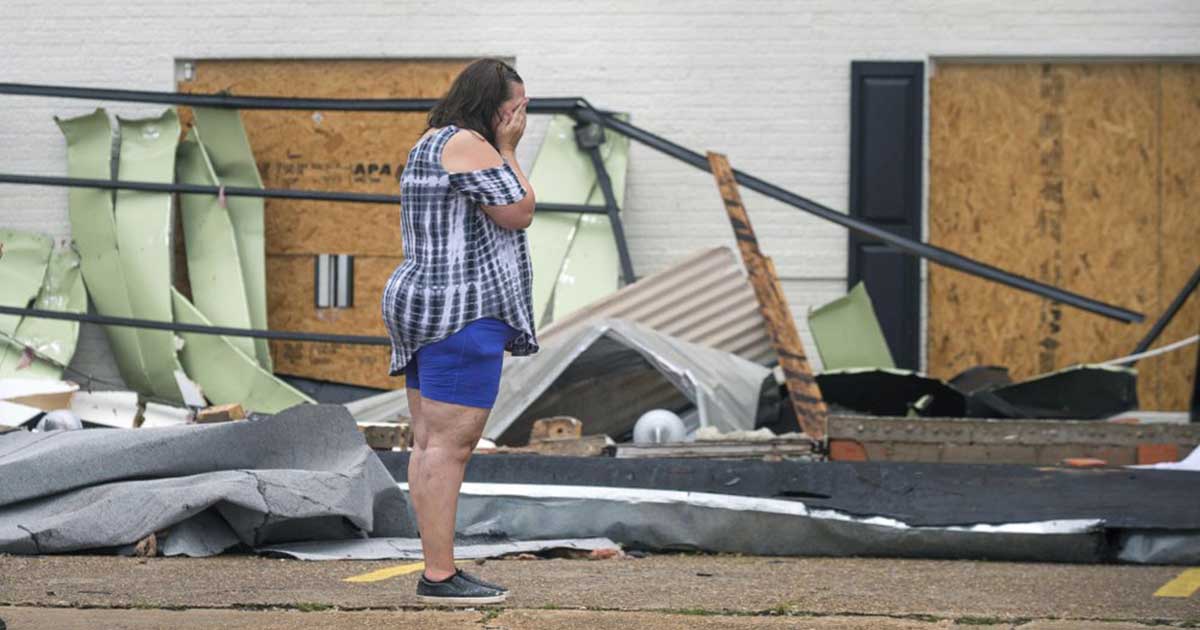Louisiana residents were warned that they will face weeks without power or water as Hurricane Laura cleanup begins.
The U.S. toll from the Category 4 hurricane rose to 16 deaths, with more than half of those deaths were caused by carbon monoxide poisoning from the unsafe operation of generators.
The victims of such death included an 80-year-old woman and an 84-year-old man.
President Donald Trump toured the damage on Saturday in Louisiana and neighboring Texas, and received briefings on relief efforts.
White House spokesman Judd Deere announced that the President traveled “to be with those who have been impacted by Hurricane Laura.”
Trump and Governor John Bel Edwards went down a street blocked by trees and where houses were battered by the storm.
Edwards claimed that the storm was the most powerful hurricane to strike the state, surpassing even the category 3 Hurricane Katrina that hit the state 15 years ago.
While the storm was not as bad as the officials feared, they still warned the residents that it could leave them without running water or power for weeks.
Damages done by the hurricane include impassable roads, torn roofs, and walls off buildings and strew debris about.
Many of the residents are deciding whether they wanted to return home to miserable conditions or wait until basic services are finally restored.
Mayor Nic Hunter warned that there was no timetable for restoring electricity, and that water-treatment plants “took a beating,” that left the area with almost no trickle of water coming out of most faucets.
“If you come back to Lake Charles to stay, make sure you understand the above reality and are prepared to live in it for many days, probably weeks,” the mayor wrote on Facebook.
The Louisiana Department of Health said that more than 220,000 people will be left without water, and its restoration could take weeks or months, and full rebuilding could take years.


